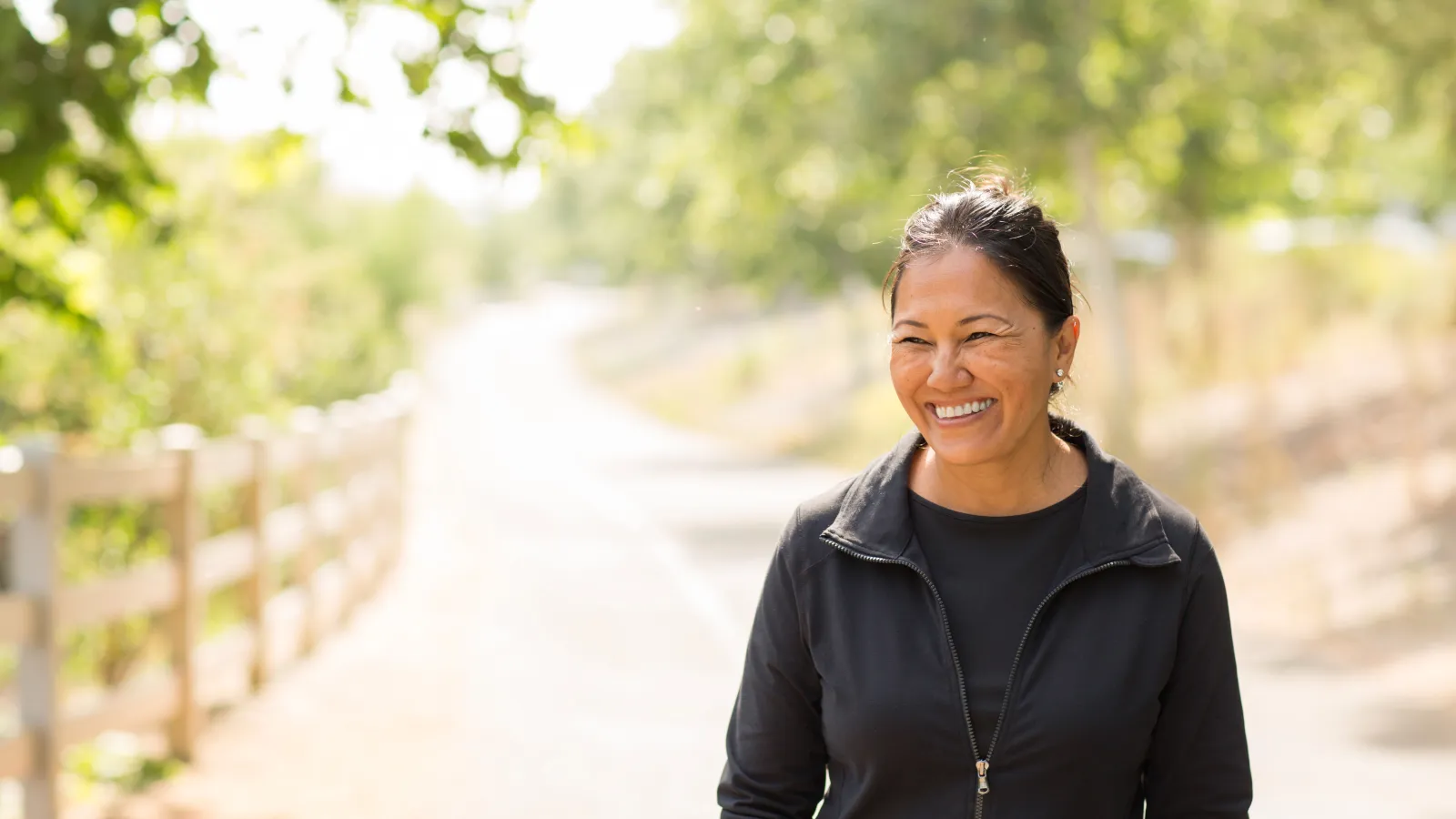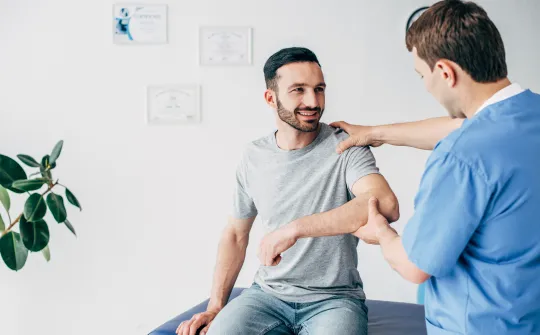
Subacromial Smoothing
Providing Relief for Shoulder Pain
If nonsurgical treatment fails to strengthen the shoulder or improve movement following a rotator cuff injury, subacromial smoothing performed at our Austin, TX, practice can provide relief. The procedure involves the shaving of bone or the removal of growths on the upper portion of the shoulder blade, or acromion. Dr. Edward Seade can also remove damaged tendon, bursa (cushioning tissue), and other debris from the joint.

Candidates
The rotator cuff is a network of muscles and tendons that hold the upper arm in its socket. These tissues can become inflamed and cause painful symptoms if bony growths or damaged tissue obstruct the movement of the rotator cuff.
Ideal candidates are in good overall health, with no allergies to anesthesia. Dr. Seade typically performs this procedure for patients over 40 years of age who have tried more conservative treatments, such as physical therapy and pain medication, but still experience pain. The candidate should feel pain, but not weakness, in the shoulder.
The Procedure
Subacromial smoothing is intended to eliminate the obstructions while keeping as much of the supporting tissue as possible. The surgery will create extra space in the area below the acromion (shoulder blade), allowing the rotator cuff to glide smoothly and function correctly.
The subacromial smoothing procedure can involve an open surgery or an arthroscopy (use of a thin viewing scope to perform surgery with minimal tissue damage). Open surgery involves a larger incision, which provides Dr. Seade a clear overall view of the entire shoulder, but it usually requires an overnight stay in the hospital and a longer recovery time. Most doctors prefer to use the arthroscopic method to perform the procedure, as it causes less stress on the patient's body and allows the surgeon access to both the inside and outside surfaces of the rotator cuff.
For the arthroscopic procedure, Dr. Seade will make a small incision, through which he will insert the arthroscope into the joint. He will remove any loose pieces of tissue, such as tendon or bursa. Dr. Seade will then use special instruments to shave the bone or remove tissue.
Recovery
The arthroscopic procedure is typically performed on an outpatient basis. Dr. Seade will use anesthesia during the surgery, and patients will need to remain for a couple of hours after waking up for observation, before having a responsible adult drive them home. Occasionally, Dr. Seade may recommend an overnight stay for observation and pain management, especially following open surgery. Most patients will require help from a family member or friends to accomplish daily tasks for the first week or two. Ice packs should be applied to the treatment area few times per day, and you will be prescribed pain medication.
Dr. Seade may recommend that you wear a sling for a short time after surgery to keep the shoulder immobile. He will generally advise patients to return to light work in a few days. Patients will need to undergo physical therapy, which includes motion exercises beginning as soon as the day after the procedure. After a few weeks, you can start strength training as well. Most patients will experience a return to normal range of motion and strength within six to eight weeks.
